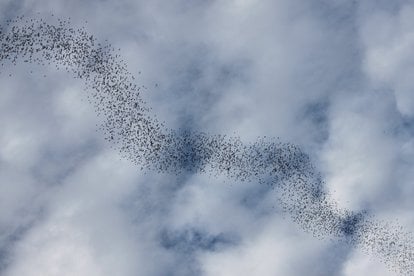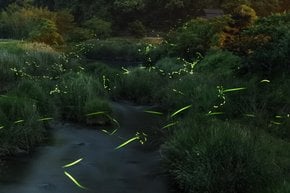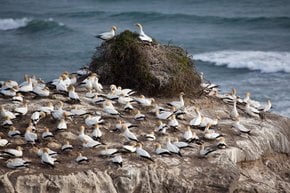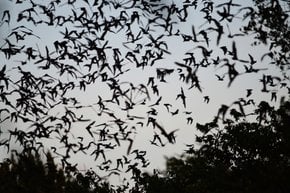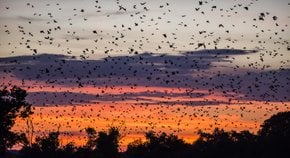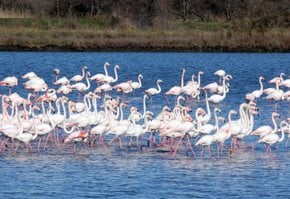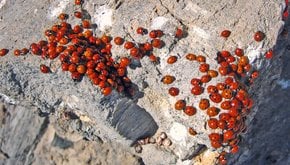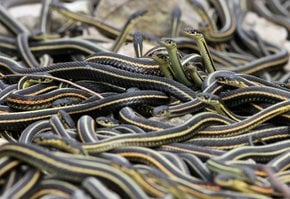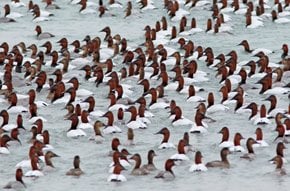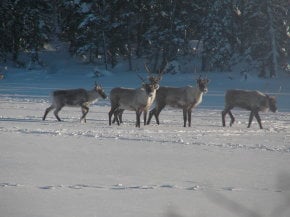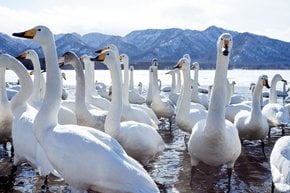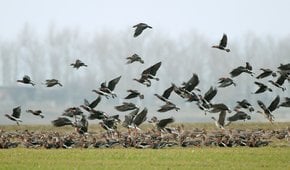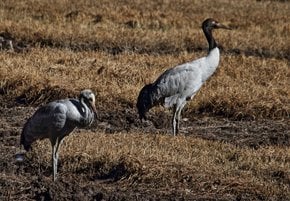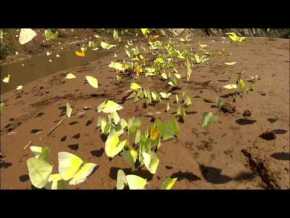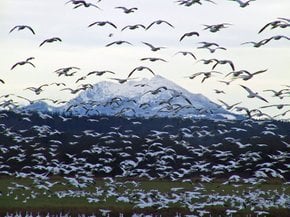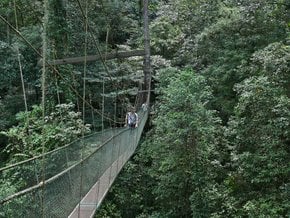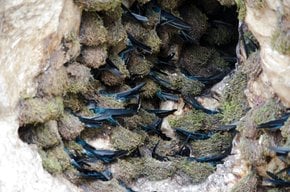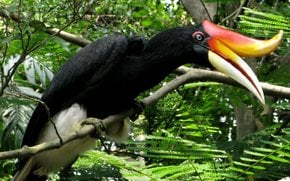Bats of the Sarawak in Malaysia 2026
If you are not scared of vampires, visit this four-million bat colony
Best time: March–September
The Gunung Mulu National Park is well worth visiting for several reasons. Its flora and fauna are impressive—numerous plants and animals represent several biozones. Its geo formations are stunning—Mulu caves have hosted many expeditions and tourist excursions. Its bats are famous—the park even has a special bat observatory.
There are about 27 species of bats in Mulu, but the most famous are Wrinkle-lipped bats whose colony numbers up to four million. Every evening these fruit bats leave the Deer Cave in search of food. They form circular batches right outside the cave and when all members of the batch arrive, they fly away. This ritual repeats every evening between 5 p.m. and 7 p.m. People waiting in the bat observatory get a chance to see only bats flying in the sky—almost reminiscent of a dark flowing river. Those who decide to visit Mulu Caves and stay there till the evening can watch bat circles near the entrance. There is a bat TV in the park in case the weather gets too bad, but if you want to omit rainy season and see bats in real life, you should visit them between March and September.

